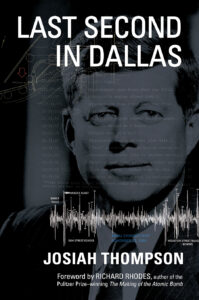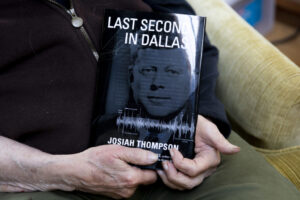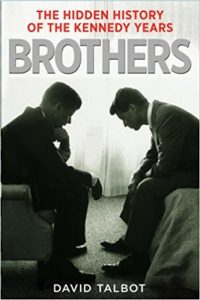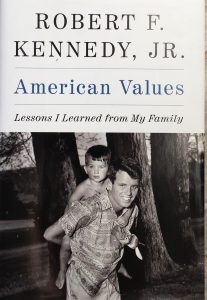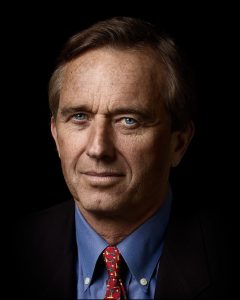18 September, 2025
As defined by Wikipedia: For the purposes of this article, an assassination is defined as the deliberate, premeditated murder of a prominent figure, often for religious, political or monetary reasons.
The word “assassin” originates from the Arabic term hashshāshīn, which was a pejorative label applied by other Muslims to the Nizari Ismaili sect, meaning “hashish users” or “hashish eaters.” This term was adopted by Crusaders and European travelers, eventually evolving into the modern word “assassin” in European languages.
The connection to hashish is widely debated; while chroniclers like Marco Polo claimed the sect used drugs before missions, many scholars argue this was a misnomer and a derogatory label used by enemies to discredit the group, not a reflection of actual practice. The Nizari Ismailis themselves referred to their followers as Asāsiyyūn, meaning “those who are faithful to the foundation” or “principles,” a term derived from the Arabic root asās (meaning “foundation”).
This etymology, linked to their religious doctrine and loyalty to their leader, Hassan-i Sabbah, is considered by some to be the true origin of the word, with the “hashish” connection being a later misinterpretation. The term “assassin” became synonymous with a political murderer, a usage that persists today, despite the historical inaccuracy of the drug association.
Current listing of Assassinations by Nation
See also:
List of heads of state and government who were assassinated or executed
List of people who survived assassination attempts

